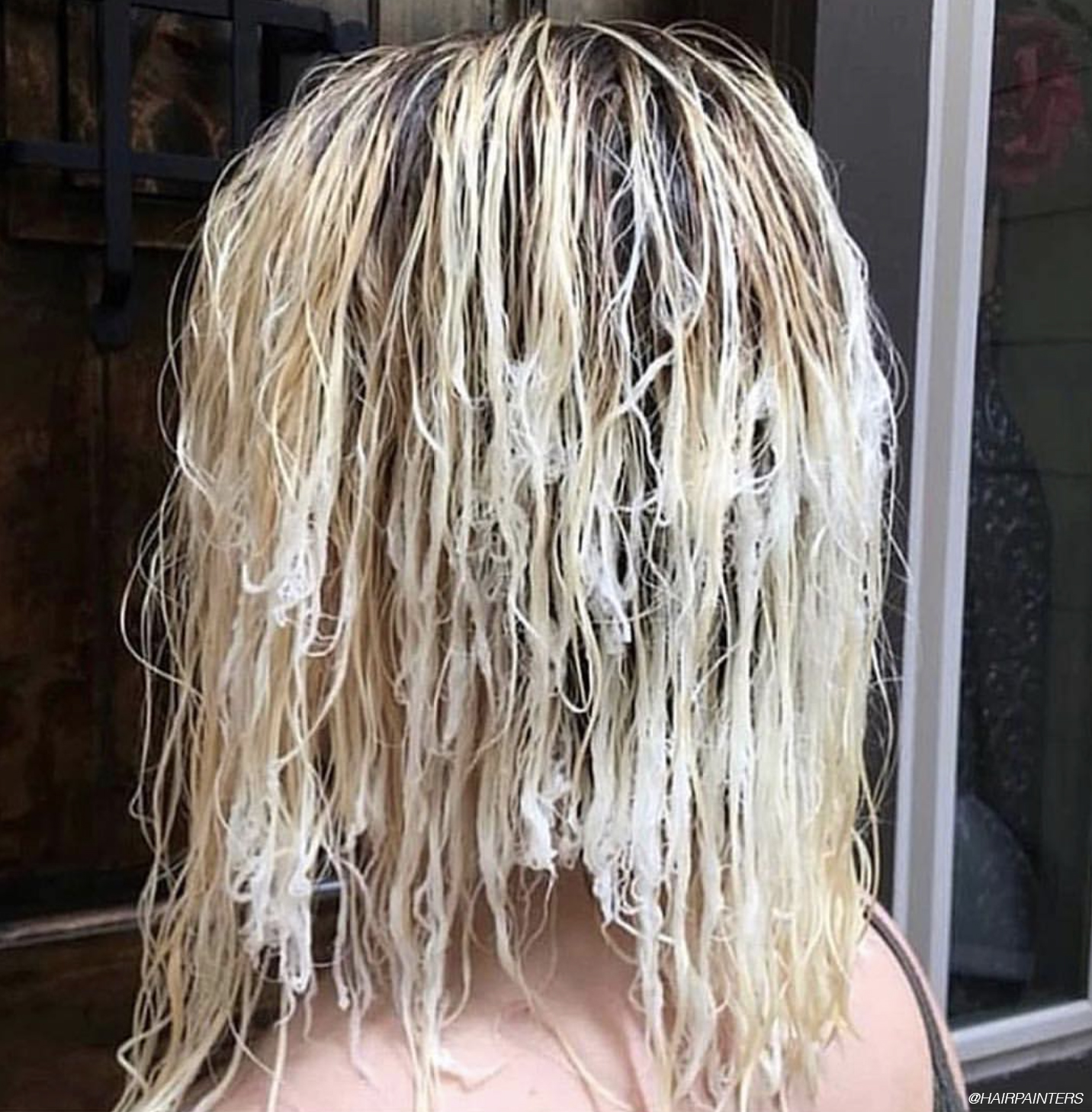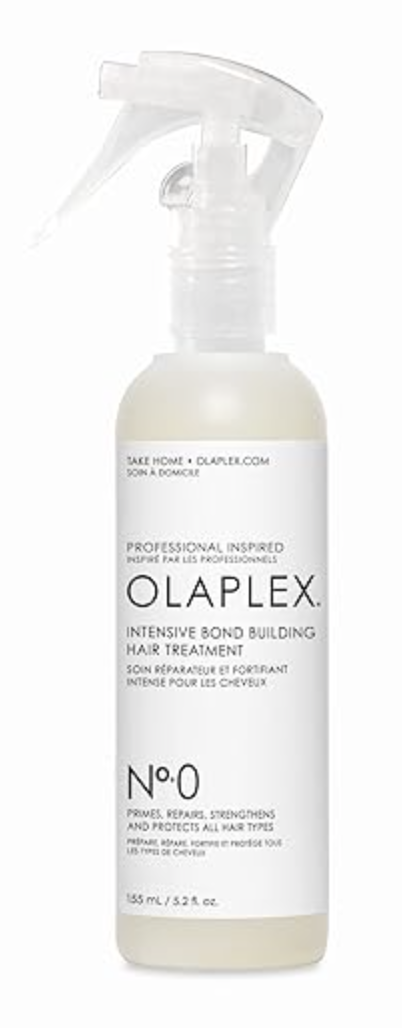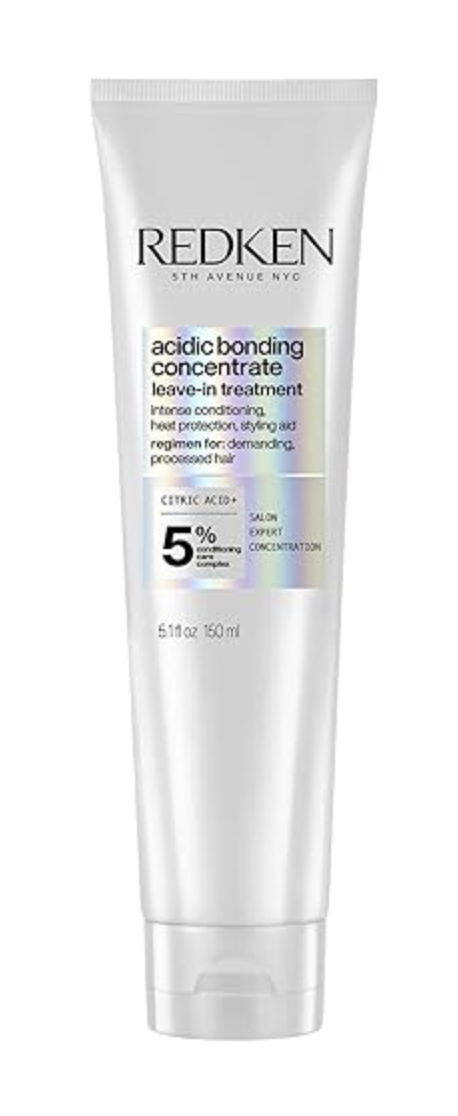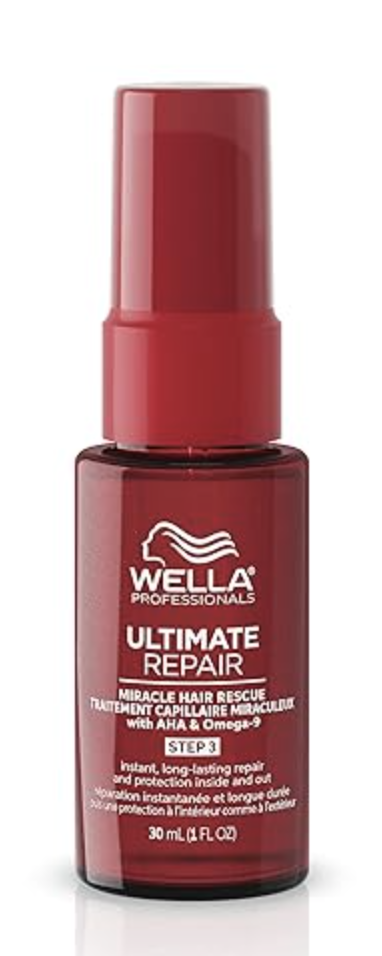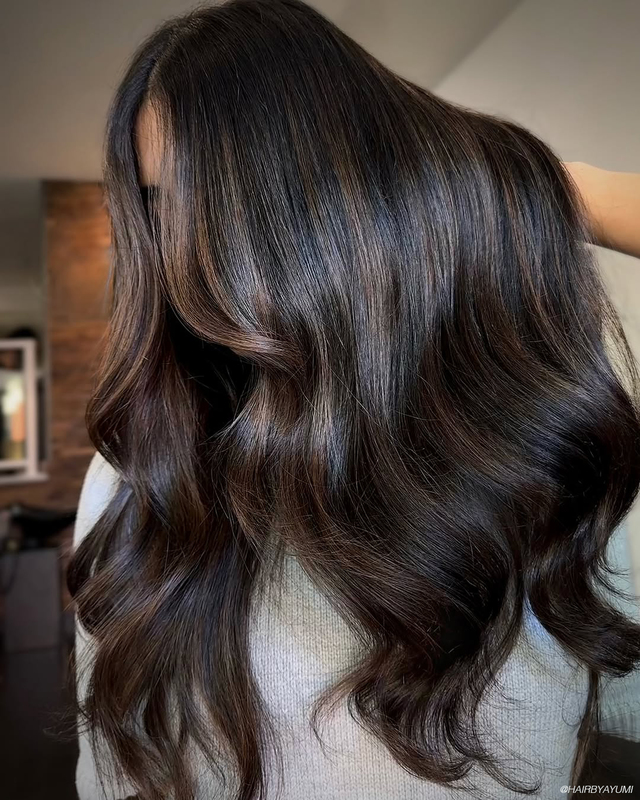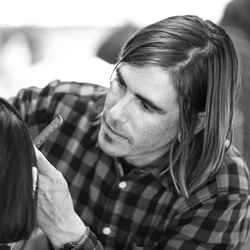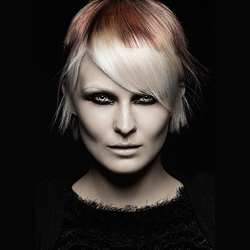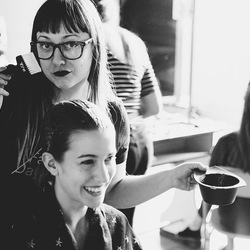Let’s keep it real: We’ve all experienced a bad haircut at least once in our lives. It stinks, but hey, we somehow managed to get through it! The dreaded chemical cut, on the other hand, is a completely different beast. Caused by over-processing from too much bleach, hair dye or chemical straightening, the “chemical cut” is what occurs when the bonds in the hair are so badly broken that the hair essentially snaps off, leaving you with uneven ends, thinness and major breakage. So what are you to do if she falls victim to this hair tragedy? We've got you covered! Check out our top tips for kickstarting hair growth, strengthening your strands and blending the breakage.
How To Repair Hair After A Chemical Cut
Tip #1: Take a second to understand the current state of your hair
Before you can make any hair moves, it’s best to understand what’s going on with your strands. Chances are, you’re in the midst of a major hair change, such as extreme coloring or chemical straightening, that caused the negative reaction. Thanks to the harsh chemicals involved, each process damages your hair, breaking down the bonds and, in turn, weakening your strands.
Tip #2: Stop what you’re doing
First things first, stop doing whatever caused the chemical cut in the first place. If you’re in the process of going from black to platinum, you’re going to need to put your icy blonde dreams on hold—or else risk leaving the salon with barely-there strands.
Tip #3: Figure out your game plan
Unfortunately, once you’ve fallen victim to a chemical cut, there’s not much you can do. You can either:
A) Cut off the dead ends and focus on growing healthy strands or
B) Do nothing and live with dead, uneven locks in desperation to maintain length.
(Trust us, you’re going to want to stick with Option A!) Luckily, there are a few on-trend cuts out there that will help blend the breakage. Your best bets? The shag, which has been the go-to layered look of 2019, or the mullet—yup, it’s back, thanks to eclectic singer Billie Eilish (who is rocking the mullet after experiencing her own chemical cut) and the brilliant work of A-list stylist Guido Palau. The layered cuts remove damage and blend any areas in need of some serious work, while still looking edgy and on-trend. Another option? Curtain bangs. If most of your damage is around your face, curtain fringe allows you to get rid of the dead, frail ends and start anew, without having to resort to blunt bangs. Lastly, you can follow Kaia Gerber’s lead and opt for a super-short bob. Yes, you’ll lose length, but you’ll be able to start fresh and finally let your hair grow healthy and strong.
Tip #4: Focus on regrowth
Once you’ve committed to a corrective cut, you can now begin the healing process. Stock up on strengthening and bond-building shampoos, conditioners and leave-in treatments and use them religiously. Also, apply a nourishing hair mask and/or castor oil and peppermint essential oil to your scalp 1-2 times a week to stimulate hair growth. Because your hair is in an extremely fragile state, you’ll want to baby your hair as much as possible, meaning heat styling, coloring, and super-tight high ponytails are a definite no-no.
Tip #5: Prevention is key
Experiencing a major hair trauma is usually enough to encourage you to rethink your haircare routine. Avoid any processing for as long as possible, and, if you know you’re going to have to bleach or straighten your strands eventually, make sure that you space out your services to prevent more breakage from occurring. Ask your stylist to assess your hair health during every appointment so you can be sure to plan your next services accordingly. And lastly, show your locks some grace: Sure, they may be damaged and lifeless now, but, with constant TLC, your hair will be back on track in no time.
The Best Products to Repair Hair After a Chemical Cut
Olaplex No. 0 Intensive Bond Building Treatment
Redken Acidic Bonding Concentrate Leave-In
Wella Professionals ULTIMATE REPAIR Miracle Hair Rescue
Some of the links in this post are affiliate links. This means that Bangstyle will collect a small share of the sale from any purchase you make from the products we recommend.
